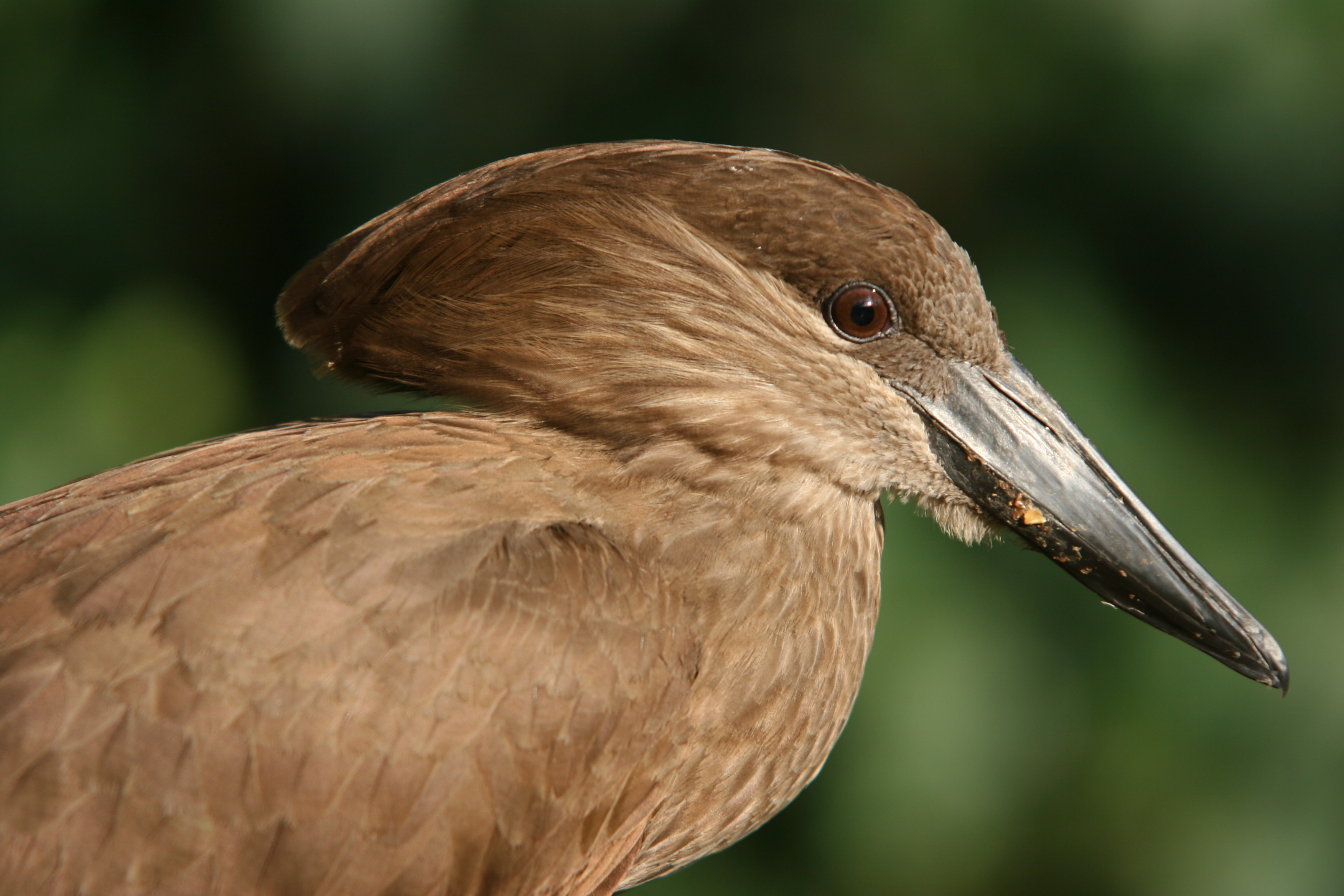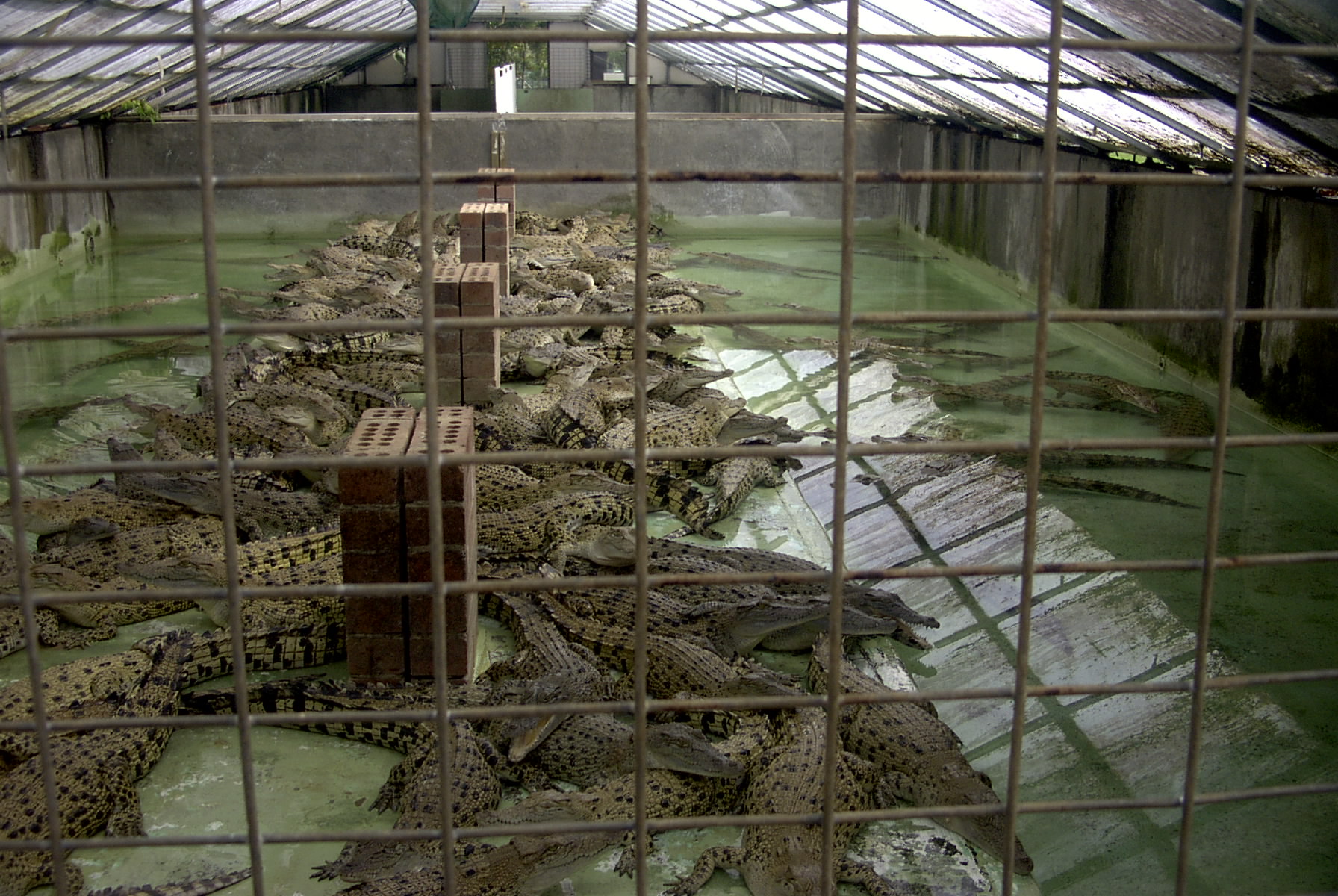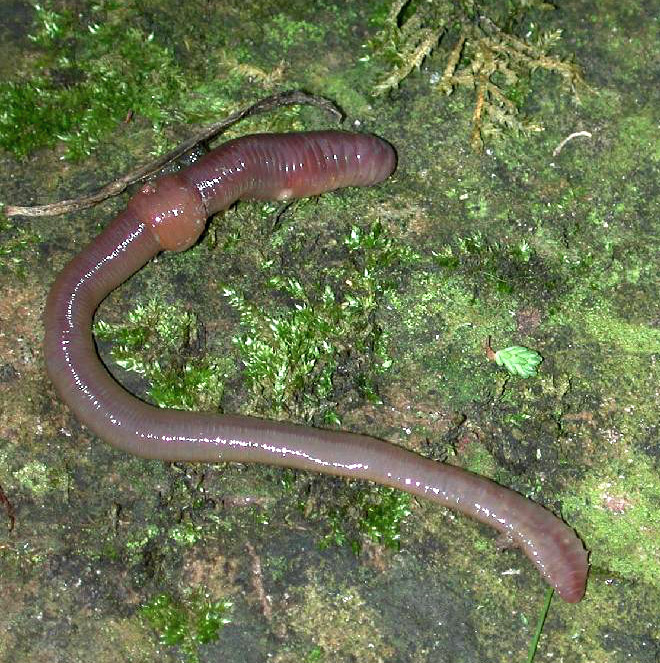|
Amietia Angolensis
The Angola river frog (''Amietia angolensis''), or common river frog, is a species of frog in the family Pyxicephalidae. Formerly, it was placed in the family Ranidae. Distribution and habitat It is found in southern and eastern Africa. Its natural habitats are subtropical or tropical moist lowland forests, subtropical or tropical moist montane forests, dry savanna, moist savanna, subtropical or tropical moist shrubland, subtropical or tropical dry lowland grassland, subtropical or tropical seasonally wet or flooded lowland grassland, subtropical or tropical high-altitude grassland, rivers, swamps, freshwater lakes, freshwater marshes, arable land, pastureland, rural gardens, urban areas, heavily degraded former forest, ponds, and canals and ditches. It is not considered threatened by the IUCN. Diet and predators Like other frogs, this frog feeds on worms and insects, such as locust. It is a prey to crocodiles, shoebills, and snake Snakes are elongated limbless re ... [...More Info...] [...Related Items...] OR: [Wikipedia] [Google] [Baidu] |
Amietia
''Amietia'' is a genus of frogs, commonly known as large-mouthed frogs or river frogs, in the family Pyxicephalidae. They are endemic to central and southern Africa. Formerly, the genus was named ''Afrana'' and was placed in the family Ranidae. Etymology The generic name, ''Amietia'', is in honor of French herpetologist Jean-Louis Amiet. Species The following species are recognised in the genus ''Amietia'': * '' Amietia angolensis'' (Bocage, 1866), Angola river frog, common river frog * '' Amietia chapini'' (Noble, 1924) * '' Amietia delalandii'' (Duméril and Bibron, 1841) * '' Amietia desaegeri'' (Laurent, 1972) * '' Amietia fuscigula'' (A.M.C. Duméril and Bibron, 1841), Cape river frog * ''Amietia hymenopus'' ( Boulenger, 1920) * ''Amietia inyangae'' (Poynton, 1966), Inyangani river frog * ''Amietia johnstoni'' ( Günther, 1894), Johnston's river frog * ''Amietia moyerorum'' (Channing, Dehling, Lötters, and Ernst, 2016) * ''Amietia nutti'' (Boulenger, 1896) * ''Amietia p ... [...More Info...] [...Related Items...] OR: [Wikipedia] [Google] [Baidu] |
Jose Vicente Barboza Du Bocage
Jose is the English transliteration of the Hebrew and Aramaic Aramaic (; ) is a Northwest Semitic language that originated in the ancient region of Syria and quickly spread to Mesopotamia, the southern Levant, Sinai, southeastern Anatolia, and Eastern Arabia, where it has been continually written a ... name ''Yose'', which is etymologically linked to ''Yosef'' or Joseph. Given name Mishnaic and Talmudic periods *Jose ben Abin *Jose ben Akabya *Jose the Galilean *Jose ben Halafta *Jose ben Jochanan *Jose ben Joezer of Zeredah *Jose ben Saul Male *Jose (actor), Indian actor *Jose Balagtas, Filipino film director *Jose Baxter (born 1992), English footballer *Jose Davis (born 1978), American football player *Jose Glover (died 1638), English minister and pioneer of the printing press in the New World *Jose Kattukkaran (born 1950), Indian politician *Jose Kurushinkal, Indian cricket umpire *Jose Kusugak (1950–2011), Inuk politician *Jose Lambert (born 1941), Belgian pro ... [...More Info...] [...Related Items...] OR: [Wikipedia] [Google] [Baidu] |
Urban Area
An urban area is a human settlement with a high population density and an infrastructure of built environment. Urban areas originate through urbanization, and researchers categorize them as cities, towns, conurbations or suburbs. In urbanism, the term "urban area" contrasts to rural areas such as villages and hamlet (place), hamlets; in urban sociology or urban anthropology, it often contrasts with natural environment. The development of earlier predecessors of modern urban areas during the urban revolution of the 4th millennium BCE led to the formation of human civilization and ultimately to modern urban planning, which along with other human activities such as exploitation of natural resources has led to a human impact on the environment. Recent historical growth In 1950, 764 million people (or about 30 percent of the world's 2.5 billion people) lived in urban areas. In 2009, the number of people living in urban areas (3.42 billion) surpassed the number living in rural ... [...More Info...] [...Related Items...] OR: [Wikipedia] [Google] [Baidu] |
Amphibians Of Kenya
Amphibians are ectothermic, anamniotic, four-limbed vertebrate animals that constitute the class Amphibia. In its broadest sense, it is a paraphyletic group encompassing all tetrapods, but excluding the amniotes (tetrapods with an amniotic membrane, such as modern reptiles, birds and mammals). All extant (living) amphibians belong to the monophyletic subclass Lissamphibia, with three living orders: Anura (frogs and toads), Urodela (salamanders), and Gymnophiona (caecilians). Evolved to be mostly semiaquatic, amphibians have adapted to inhabit a wide variety of habitats, with most species living in freshwater, wetland or terrestrial ecosystems (such as riparian woodland, fossorial and even arboreal habitats). Their life cycle typically starts out as aquatic larvae with gills known as tadpoles, but some species have developed behavioural adaptations to bypass this. Young amphibians generally undergo metamorphosis from an aquatic larval form with gills to an air-breathing ... [...More Info...] [...Related Items...] OR: [Wikipedia] [Google] [Baidu] |
Frogs Of Africa
The fauna of Africa are all the animals living in Africa and its surrounding seas and islands. The more characteristic African fauna are found in the Afro-tropical realm. Lying almost entirely within the tropics, and stretching equally north and south of the equator creates favorable conditions for variety and abundance of wildlife. Africa is home to many of the world's most recognizable fauna such as lions‚ rhinoceroses‚ cheetahs‚ giraffes‚ antelope, hippopotamuses, leopards, zebras‚ and elephants, among many others. Origins and history of African fauna Whereas the earliest traces of life in fossil record of Africa date back to the earliest times, the formation of African fauna as we know it today, began with the splitting up of the Gondwana supercontinent in the mid-Mesozoic era. After that, four to six faunal assemblages, the so-called African Faunal Strata (AFSs) can be distinguished. The isolation of Africa was broken intermittently by discontinuous "filter routes" ... [...More Info...] [...Related Items...] OR: [Wikipedia] [Google] [Baidu] |
Snake
Snakes are elongated limbless reptiles of the suborder Serpentes (). Cladistically squamates, snakes are ectothermic, amniote vertebrates covered in overlapping scales much like other members of the group. Many species of snakes have skulls with several more joints than their lizard ancestors and relatives, enabling them to swallow prey much larger than their heads ( cranial kinesis). To accommodate their narrow bodies, snakes' paired organs (such as kidneys) appear one in front of the other instead of side by side, and most only have one functional lung. Some species retain a pelvic girdle with a pair of vestigial claws on either side of the cloaca. Lizards have independently evolved elongate bodies without limbs or with greatly reduced limbs at least twenty-five times via convergent evolution, leading to many lineages of legless lizards. These resemble snakes, but several common groups of legless lizards have eyelids and external ears, which snakes lack, althoug ... [...More Info...] [...Related Items...] OR: [Wikipedia] [Google] [Baidu] |
Shoebill
The shoebill (''Balaeniceps rex''), also known as the whale-headed stork, and shoe-billed stork, is a large long-legged wading bird. It derives its name from its enormous shoe-shaped bill. It has a somewhat stork-like overall form and has previously been classified with the storks in the order Ciconiiformes based on this morphology. However, genetic evidence places it with pelicans and herons in the Pelecaniformes. The adult is mainly grey while the juveniles are more brown. It lives in tropical East Africa in large swamps from South Sudan to Zambia. Taxonomy The shoebill may have been known to Ancient Egyptians but was not classified until the 19th century, after skins and eventually live specimens were brought to Europe. John Gould very briefly described it in 1850 from the skin of a specimen collected on the upper White Nile by the English traveller Mansfield Parkyns. Gould provided a more detailed description in the following year. He placed the species in its own genus ... [...More Info...] [...Related Items...] OR: [Wikipedia] [Google] [Baidu] |
Crocodile
Crocodiles (family (biology), family Crocodylidae) or true crocodiles are large, semiaquatic reptiles that live throughout the tropics in Africa, Asia, the Americas and Australia. The term "crocodile" is sometimes used more loosely to include all extant taxon, extant members of the order (biology), order Crocodilia, which includes the alligators and caimans (both members of the family Alligatoridae), the gharial and false gharial (both members of the family Gavialidae) as well as other extinct Taxon, taxa. Crocodile Measurement, size, Morphology (biology), morphology, behaviour and ecology differ among species. However, they have many similarities in these areas as well. All crocodiles are semiaquatic and tend to congregate in freshwater habitats such as rivers, lakes, wetlands and sometimes in brackish water and Seawater, saltwater. They are carnivorous animals, feeding mostly on vertebrates such as fish, reptiles, birds and mammals, and sometimes on invertebrates such as mol ... [...More Info...] [...Related Items...] OR: [Wikipedia] [Google] [Baidu] |
Insect
Insects (from Latin ') are Hexapoda, hexapod invertebrates of the class (biology), class Insecta. They are the largest group within the arthropod phylum. Insects have a chitinous exoskeleton, a three-part body (Insect morphology#Head, head, Thorax (insect anatomy), thorax and abdomen (insect anatomy), abdomen), three pairs of jointed Arthropod leg, legs, compound eyes, and a pair of antenna (biology), antennae. Insects are the most diverse group of animals, with more than a million described species; they represent more than half of all animal species. The insect nervous system consists of a insect brain, brain and a ventral nerve cord. Most insects reproduce Oviparous, by laying eggs. Insects Respiratory system of insects, breathe air through a system of Spiracle (arthropods), paired openings along their sides, connected to Trachea#Invertebrates, small tubes that take air directly to the tissues. The blood therefore does not carry oxygen; it is only partly contained in ves ... [...More Info...] [...Related Items...] OR: [Wikipedia] [Google] [Baidu] |
Worm
Worms are many different distantly related bilateria, bilateral animals that typically have a long cylindrical tube-like body, no limb (anatomy), limbs, and usually no eyes. Worms vary in size from microscopic to over in length for marine polychaete worms (bristle worms); for the African giant earthworm, ''Microchaetus rappi''; and for the marine nemertean worm (bootlace worm), ''Lineus longissimus''. Various types of worm occupy a small variety of parasitism, parasitic niches, living inside the bodies of other animals. Free-living worm species do not live on land but instead live in marine or freshwater environments or underground by burrowing. In biology, "worm" refers to an obsolete taxon, ''Vermes'', used by Carl Linnaeus, Carolus Linnaeus and Jean-Baptiste Lamarck for all non-arthropod invertebrate animals, now seen to be paraphyletic. The name stems from the Old English word ''wikt:wyrm, wyrm''. Most animals called "worms" are invertebrates, but the term is also use ... [...More Info...] [...Related Items...] OR: [Wikipedia] [Google] [Baidu] |






